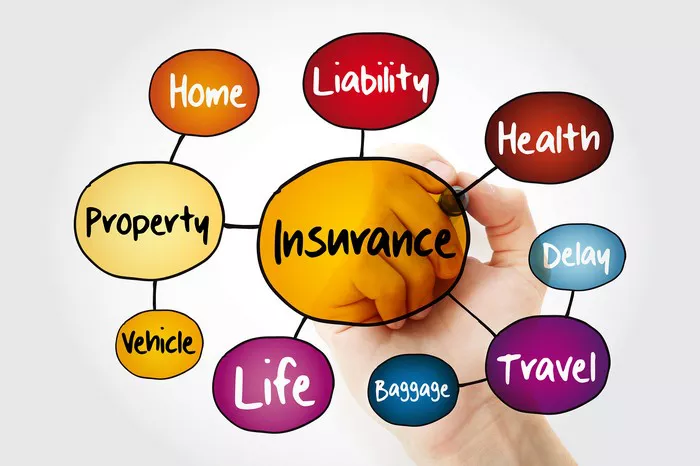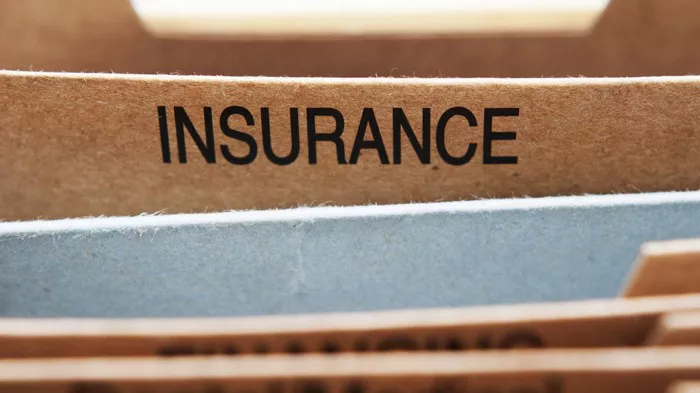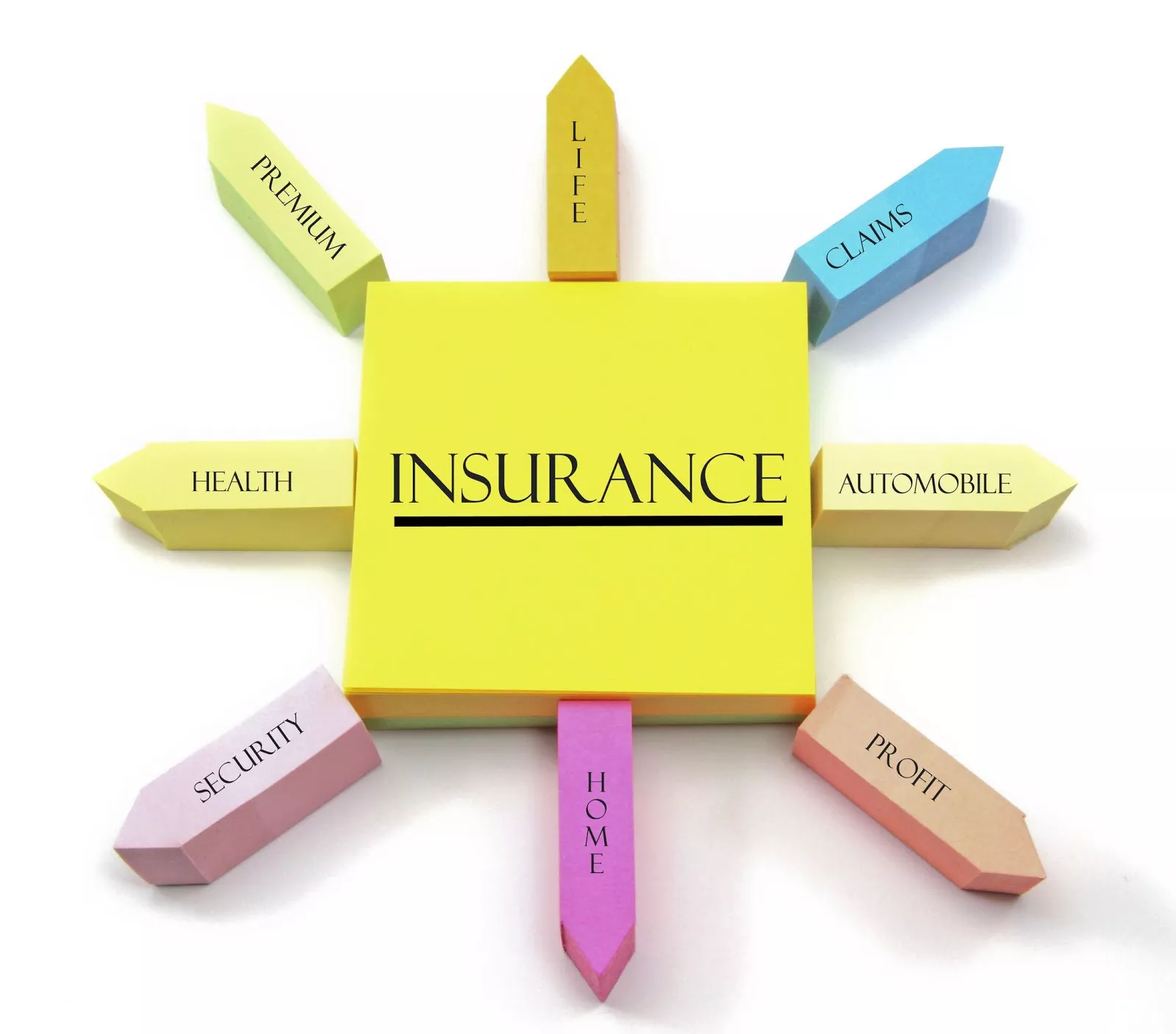Life insurance is one of the most important financial tools you can use to protect your loved ones after you pass away. However, many people are unsure if they have life insurance, or what type of policy they have. This article will walk you through how to find out if you have life insurance, what steps you need to take, and how to confirm your coverage. Understanding your life insurance is essential to making smart financial decisions. Let’s take a closer look at how to check your life insurance status.
Start with your personal records and documents
The first step to finding out if you have life insurance is to check your personal records. First, check any documents you have saved over the years. This may include tax documents, financial statements, or correspondence from insurance companies. These records may contain information about life insurance policies you have.
Review your financial documents
Review your recent tax returns and other financial documents. Typically, life insurance premiums are deducted from your paycheck or may be reported as a deduction or benefit on your tax return. By reviewing these documents, you can sometimes find the name of the insurance company or policy details.
Review your bank and credit card statements
If you are unsure if you have life insurance, check your bank and credit card statements to see if there are any regular payments. Insurance companies typically charge monthly or annual premiums, and these payments may be listed under the company name. This will help you determine if you have life insurance.
Contact Previous Employers
Many employers offer group life insurance as part of their benefits package. If you worked for a company that offered life insurance, you may have insurance through them. Contact your previous employer’s human resources department to ask if they offer life insurance and if you were covered during your employment.
Request Proof of Insurance
If you find out that your employer offers life insurance, request proof of insurance. They should be able to provide details about the policy, beneficiaries, and insured amounts. Be sure to ask if the policy is still in effect, especially if you have changed jobs.
Search for unsolicited insurance information
Insurance companies often send unsolicited letters or advertisements to people who may have life insurance policies. These letters may mention policies you are not aware of. Read all mail that may be insurance-related and carefully check any correspondence from the insurance company.
Contact the Insurance Company
If you are unsure about a life insurance policy you have, it can be helpful to contact a reputable insurance company. Many large insurance companies can look up policies you may have, even if you do not have the exact policy number. Give them your personal information and they can check their records to see if you have any active life insurance.
Utilize Online Tools and Databases
Some online tools and databases can help you find life insurance policies you may have. The National Association of Insurance Commissioners (NAIC) offers a life insurance policy locator tool that can help you find any unclaimed life insurance policies. By entering your personal information, you may be able to find a policy you were not aware of before.
Check National Insurance Databases
Many states have life insurance policy locators or databases that track down unclaimed policies. This can be helpful if you have lost contact with your insurance company or cannot find the relevant documents. You can check with your state’s insurance commissioner to see if such a database exists.
Contact a Life Insurance Beneficiary
If you know you have a life insurance policy but are unsure of the specifics, contact your life insurance beneficiary. They should have a copy of the policy or at least the contact information for the insurance company. The beneficiary may have received a payout from the policy or received a notice of coverage at some point in time.
Request Policy Documents
Once you have contacted your beneficiary, ask them to provide any documents related to the life insurance policy. This may include a policy statement or claim form. They should also have the name of the insurance company, the policy number, and other details related to the policy.
Check your credit report for insurance information
Life insurance companies may report the status of your policy to credit bureaus. You can check your credit report to see if there is any sign of life insurance. While not all companies report this information, some may, especially if your life insurance was purchased on an installment basis or tied to a loan.
Check your credit report for insurance-related entries
When reviewing your credit report, look for any entries that might indicate you have life insurance, such as payments to an insurance company. If you are unsure, you can ask the credit bureaus for more details about these entries.
Talk to a financial advisor
If you are still unsure whether you have life insurance or need help with your search, consider talking to a financial advisor. A financial advisor can review your financial records, help you determine any coverage, and guide you on the best course of action if you do not have life insurance.
Get professional help locating your policy
Financial advisors are skilled at identifying and locating life insurance policies. They may also be able to find a policy you may have forgotten about, especially if you have not kept detailed records over the years. Working with a professional can save time and effort.
What to do after you find your life insurance policy
Once you have found your life insurance policy, it is important to review its details carefully. Check the beneficiaries, policy amounts, and whether it still meets your needs. You may need to make updates or changes, such as increasing the sum insured or adjusting the beneficiaries.
Make necessary updates to your policy
It is a good habit to review your life insurance policy every few years, especially after major life events such as getting married, having a child, or purchasing a home. Make sure your beneficiary information is up to date and that the policy amounts are appropriate for your current financial situation.
Review your policy regularly
Life insurance policies often change as your age, health, and financial situation change. Reviewing your policy regularly helps ensure that you are adequately covered and that the policy still meets your needs. If anything changes, proactively contact the insurance company to update your policy.
Conclusion
Knowing whether you have life insurance is a key step in ensuring that you and your loved ones are financially protected. Following the steps outlined in this guide, you can find your life insurance policy and make an informed decision about your coverage. Whether you do this by reviewing documents, contacting previous employers, or using online tools, the key is to be proactive and thoughtful in your search. By making sure you have the right insurance, you can secure your family’s future and provide them with the financial support they need, no matter what happens.
Related Topics:































